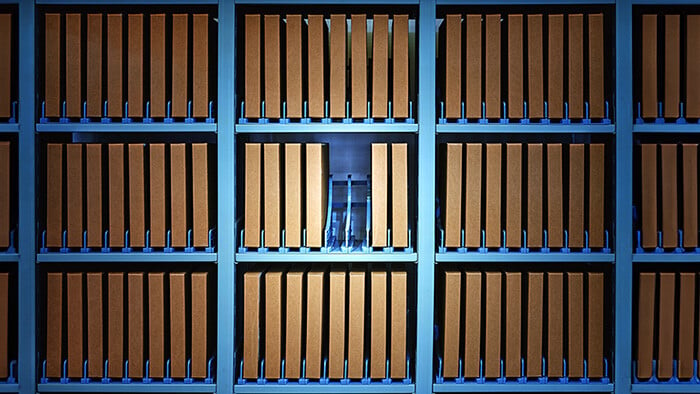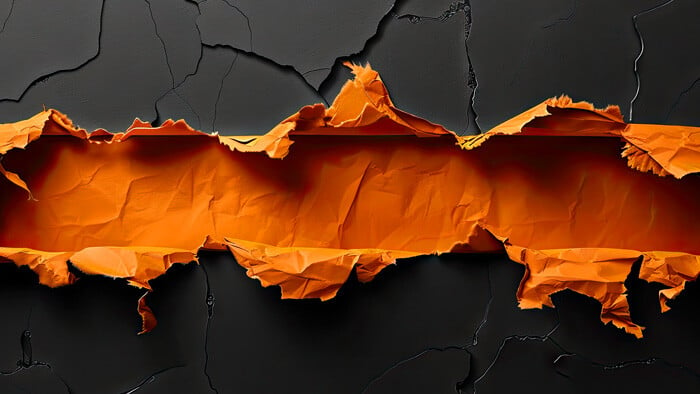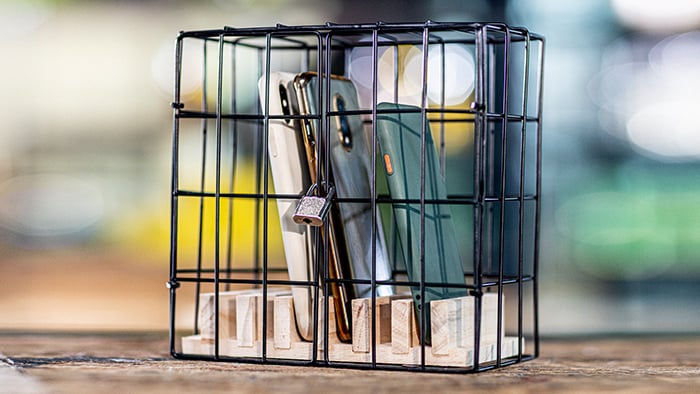What are temporary files?
Temporary files are created by active apps or tasks and help software run smoothly by facilitating the access and transfer of data, ensuring backup recovery, and managing features like user preferences. Temporary files have short-term utility and don’t store permanent data.
There’s nothing harmful about temporary files, but once the cached data they contain has served its purpose, they’re no longer needed. Ideally, unneeded temp files should be deleted by the process or program that created them. But they’re often temporary in name only, and get tucked away in obscure corners of your machine.
As temporary files build up through everyday usage, they take up more and more space on your drive. You’ll have less and less space available for permanent files and programs, while these junk files throttle your computer’s processing speeds.
How to access and delete temporary files in Windows 10, 8, & 7
Because most temp files get stored together in the Windows Temp folder (c:/Windows/Temp), the process for manually cleaning up your PC by deleting temporary files is pretty straightforward. Locating and clearing the Windows Temp folder is the same across Windows 10, 8, and 7.
Here’s how to access and delete temp files in Windows 10:
-
Find where your temp files are stored by pressing and holding the Windows button, and then hit R to bring up the Run dialogue box.
/img_01.png?width=450&name=img_01.png)
-
Type temp and press Enter (or click OK) to open up the folder location and see your temp files.
/img_02.png?width=650&name=img_02.png)
-
Hold Ctrl and click individual items to select them for cleanup. If you want to delete everything in your temp folder, press Ctrl + A to select all the items. Important: Before deleting any temporary files from your PC, you should first close all other programs that may be running on your computer so that only Windows is running.
/img_03.png?width=650&name=img_03.png)
-
After you’ve identified and selected the temp files you want to clean up, press Ctrl + D to delete all highlighted items. Choose Skip if a “Folder in Use” notification appears.
/img_04.png?width=450&name=img_04.png)
-
After cleaning up your Windows Temp folder, don’t forget to permanently wipe the deleted temporary files from your computer. Find the Recycle Bin on your Desktop, right-click it, and then select Empty Recycle Bin.
How to delete temporary files in Disk Clean-up
You can also use the Windows Disk Clean-up utility to free up disk space by searching your entire drive for junk files. Using Windows Disk Clean-up to delete temporary files has the added benefit of rooting out any cached data in other locations beyond the Temp folder. Disk Clean-up is included in all versions of Windows.
Here’s how to delete temp files using Windows Disk Clean-up:
-
Use the search box on the taskbar to find the Disk Clean-up app, and click to open it.
/img_05.png?width=850&name=img_05.png)
-
Select the disk drive you want to clean from the drop-down menu, and click OK.
/img_06.png?width=350&name=img_06.png)
-
Under Files to delete, check the boxes next to the temp files you want to clear, and then click OK.
/img_07.png?width=450&name=img_07.png)
-
If prompted, click delete files to confirm your command. The Disk Clean-up tool will then scrub your drive and permanently delete the selected files — but as soon as it’s finished, temp files will start accumulating again. That’s why automated cleaning software is a much more efficient long-term solution.
How to delete temporary files with Avast Cleanup
In addition to scouring every nook of your PC to free up space and optimize performance, you should clean up your browser specifically by getting rid of cookies and other temp files for a faster, safer online experience.
With the Automatic Maintenance feature of Avast Cleanup running in the background, keeping on top of temporary files has never been quicker, easier, or more thorough. Here’s how to get rid of temp files with Avast Cleanup:
-
Download and install your Avast Cleanup free trial.
-
From the Avast Cleanup dashboard, click Maintenance to scan your device to find potential problems and junk files weighing your computer down.
/img_08.png?width=658&name=img_08.png)
-
Select System junk to mark temporary files, logs, and other clutter for cleanup. You can either manually select files to delete, select all files, or let our super-smart AI recommend the temp files you should delete and those you should keep.
/img_09.png?width=658&name=img_09.png)
-
While you’re at it, select Browser cache to delete your temporary web browser files and reclaim even more space on your hard drive.
/img_10.png?width=658&name=img_10.png)
-
Once you’ve selected all the items you want to clean up and resolve, click Fix & Clean.
/img_11.png?width=1200&name=img_11.png)
-
And that’s it — you’re all cleaned up! Now several gigabytes lighter, and with broken registry items and shortcuts fixed, your computer’s back in tip-top shape.
/img_12.png?width=658&name=img_12.png)
Better yet, you can also use Avast Cleanup’s built-in Software Cleanup tool to identify potentially unwanted programs such as preinstalled software, toolbars, addons, and junk apps — letting you ditch bloatware to free up space and boost performance in just a few easy clicks.
Packed with comprehensive maintenance and repair utilities, Avast Cleanup doesn’t stop at temporary files when it comes to cleaning and tuning up your PC. Go beyond a quick cleanup and optimize every aspect of your system to keep your machine running smoothly.
Why should I delete temporary files?
Deleting temporary files is one of the easiest ways to free up significant amounts of space on your computer. Otherwise, the temporary files on your drive will continue to build up until a large percentage of your available storage is wasted by worthless junk.
Regularly deleting Windows temp files and other cached items can also help improve performance and even speed up internet browsing. Temporary files are intended to help your software and PC run faster, but if your temp folders get too crowded, your computer’s ability to quickly find the relevant temp data will be hindered, dramatically slowing down your PC.
When your computer’s RAM is maxed out, your hard drive is recruited to accommodate overflow tasks. But if there’s no extra space available, then your computer will perform even more sluggishly. That’s why managing your temp files is so important both in terms of storage and performance.
Automatically delete temporary files with Avast Cleanup
Deleting temp files can be a bit like shoveling snow in a blizzard. The moment your disk is cleaned, new temporary files and cached data start piling up. Before long, you’re back where you started. But keeping your hard drive lean and pristine doesn’t have to be a chore.
The Automatic Maintenance feature in Avast Cleanup regularly detects and deletes junk files that are wasting space on your PC. Along with clearing temp files, Avast Cleanup also takes care of your browser cache, fixes broken registry items, and even deletes website cookies to help protect your privacy. And best of all, this all happens in the background, so you don’t have to lift a finger.
/Academy-How-to-delete-temporary-files-from-your-PC-Hero.jpg?width=1200&name=Academy-How-to-delete-temporary-files-from-your-PC-Hero.jpg)
/img_01.png?width=450&name=img_01.png)
/img_02.png?width=650&name=img_02.png)
/img_03.png?width=650&name=img_03.png)
/img_04.png?width=450&name=img_04.png)
/img_05.png?width=850&name=img_05.png)
/img_06.png?width=350&name=img_06.png)
/img_07.png?width=450&name=img_07.png)
/img_08.png?width=658&name=img_08.png)
/img_09.png?width=658&name=img_09.png)
/img_10.png?width=658&name=img_10.png)
/img_11.png?width=1200&name=img_11.png)
/img_12.png?width=658&name=img_12.png)











